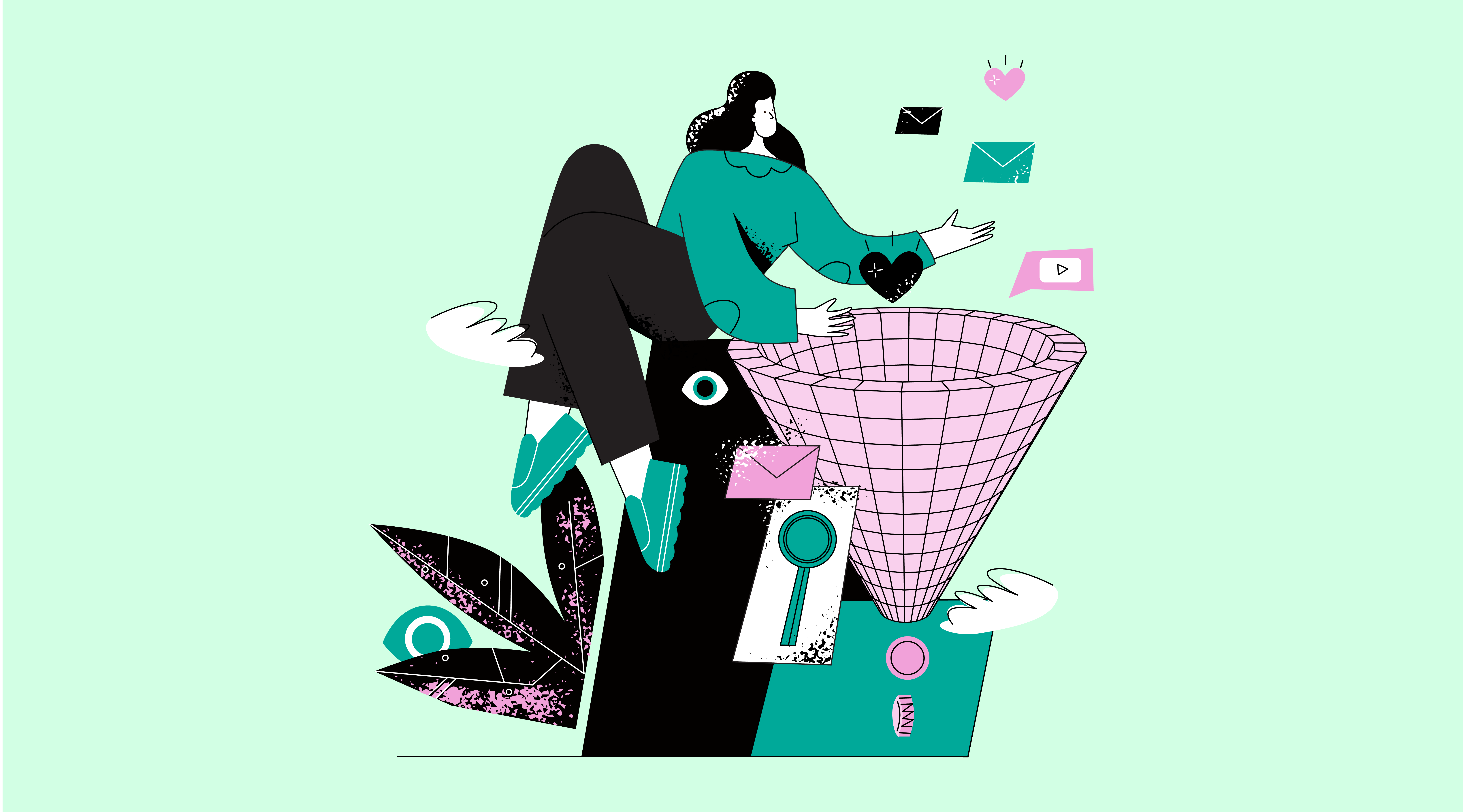
Wondering why only a few take action on your website, even though you make greate use of CTAs?
And maybe it’s limited what visitors there are to your website, even though you’ve spent countless hours making it look great?
Such problems are usually caused by working too narrowly in your marketing strategy. A strategy requires several stages that work together if it is to be effective.
But what is the solution then?
The marketing funnel. Also known as the sales funnel.
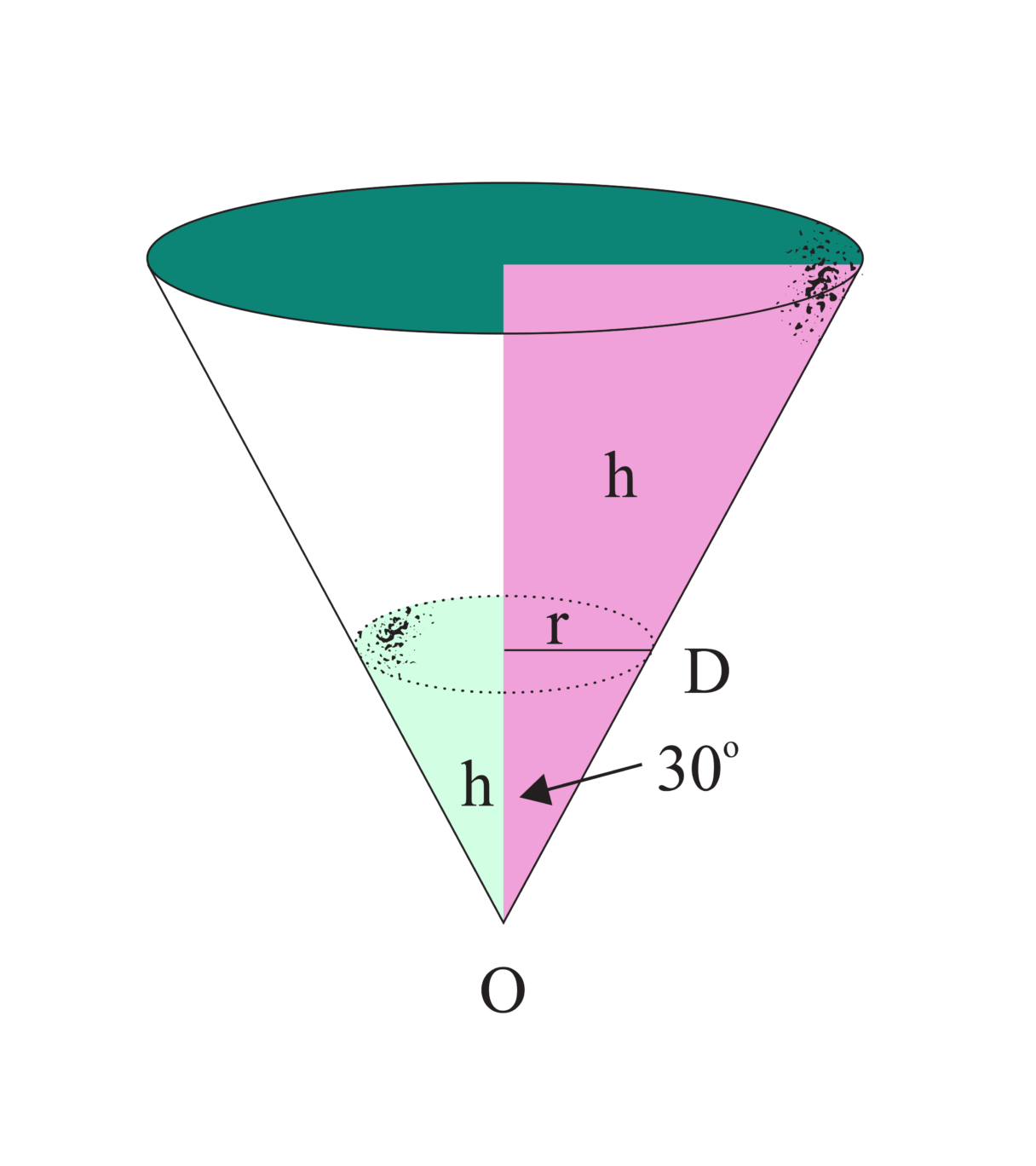
What is a marketing funnel?
The most important task of the marketing funnel is to give you a way to structure your marketing according to the customer journey. It helps you to divide your customer journey into different stages, so that it becomes easier to target your marketing to the right areas.
The customer journey is the process the user goes through when they go from being a user to becoming a customer – or fulfill another goal, such as to sign up for a newsletter. This journey can be seen as a funnel: at the beginning it is broad, and as the journey develops, the funnel narrows as your marketing becomes more targeted – and some users remain users, while others approach the end of the funnel and thus the goal.
The marketing funnel can be used regardless of the goal you want to achieve: newsletter registrations, meeting bookings, online transactions, catalog orders, webinar registrations and much more.
Typically, the funnel is built up after three or four stages – each of which represents a place in the customer journey. There are countless names for the different stages, but the principle is the same.
The original model consists of three stages: top (TOFU), middle (MOFU) and bottom (BOFU) funnel. And that is also the one we focus on – but we also present you with a fourth stage.
Why use the marketingfunnel?
It’s a little too easy to be tempted by smart trends and quick ideas when it comes to marketing. But unfortunately this can also mean that you’re casting you net too wide. With the marketing funnel, you can focus your efforts so that they hit potential customers at the right stage of their customer journey. In other words, your bets are placed exactly where they are most effective and you get the most out of the money.
In addition, many also tend to focus only on certain parts of the funnel, which can lead to you losing users at an early stage.
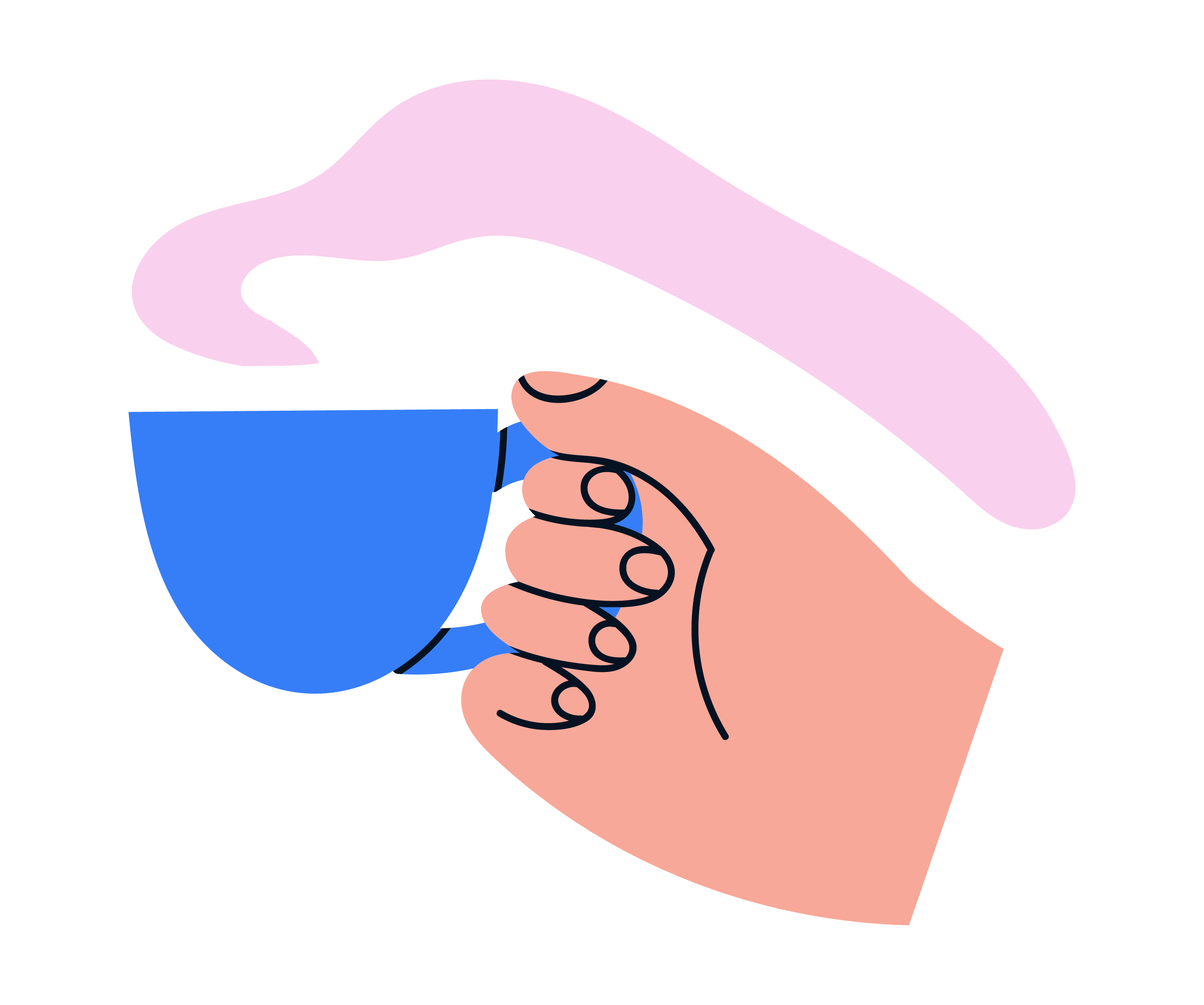
In short
- Top funnel: here you need to create awareness of your brand.
- Middle funnel: it’s time to show users that you have what they’re looking for.
- Bottom funnel: use CTAs, create credibility – now you have to convince them to make a purchase.
- Fourth stage: make sure to retain your customers.
- Know your customers – create a customer persona so you know how to capture the attention of your target audience.
- Blog posts work well at the top, but lose their effect further down the funnel.
- Newsletters are effective in the middle and bottom funnel.
Let us take a closer look at the different stages.

Top funnel
In the top part of the funnel, it is about creating awareness. You must make users aware that you exist. That’s why you shouldn’t throw big sales pitches, call to actions (CTAs) or product descriptions on the table – the user isn’t ready for that yet.
Instead, you must point out that you are a possible solution to a problem that the user has or may have in the future. You can do this through SEO, blog posts, paid ads or social media. Content marketing is good here because it provides users with content without asking them to buy anything. You simply get noticed.
In this stage, you try to expand your target audience as much as possible. Why? Because if you shoot wide from the start, there is a greater chance that one or more will choose to move further down the funnel. If you aim too narrowly, you risk that no one chooses to take a further dive.
In short: You must show that you are present. That you are ready to meet demand if it arises or has already arisen with the user.
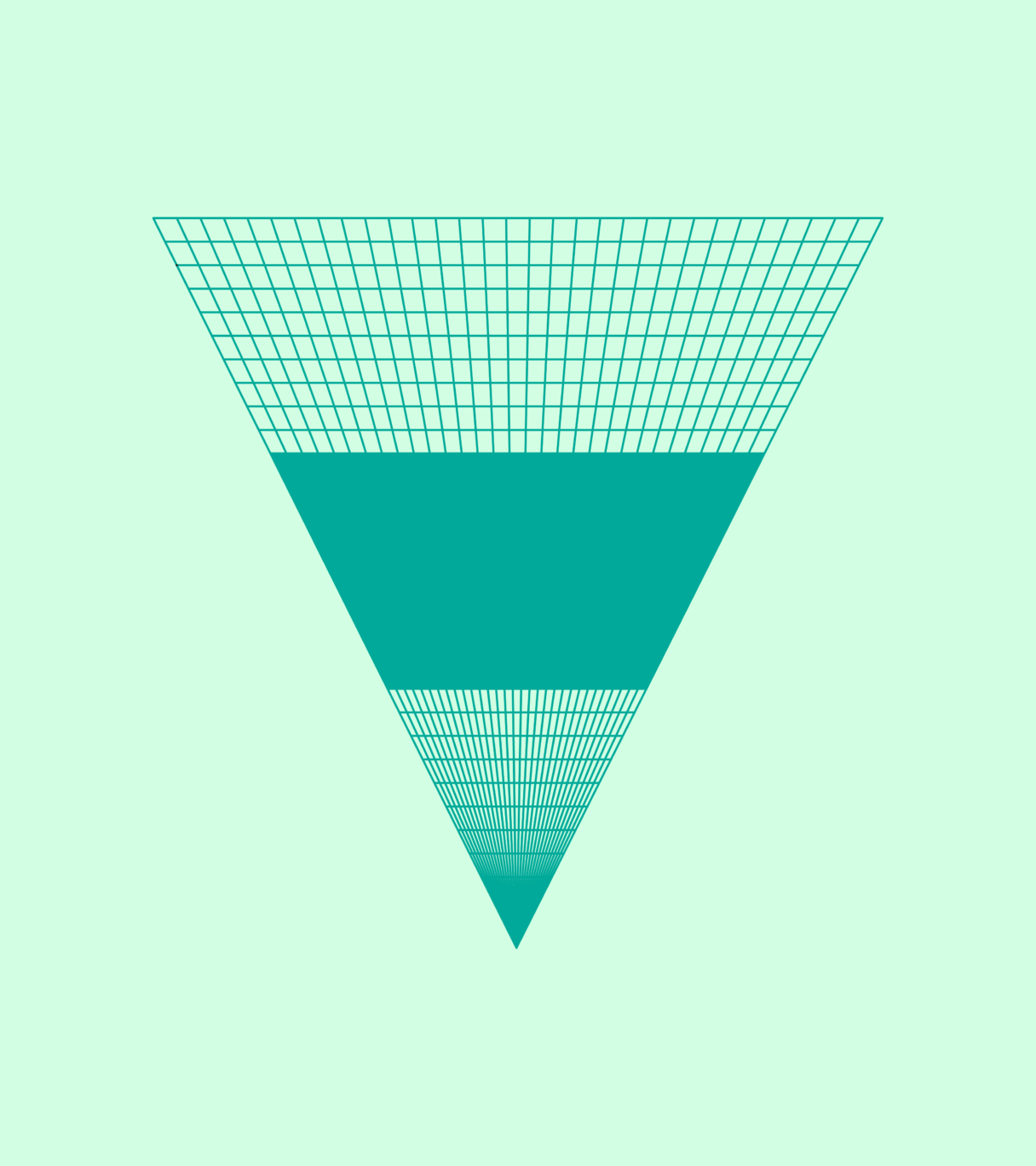
Middle funnel
In the middle funnel stage, the user has become aware of your brand and may have already expressed an interest in what you offer – due to your thorough top funnel work. In all likelihood, they are not yet ready to take definitive action. Instead, most users at this stage will consider their options and do research to make an informed decision.
In the middle, the searches have become more specific and more concrete. Therefore, it is also time to start advertising for more specific categories – not just your front page/shop. And to target your content to more customized segments.
Increase the value creation and focus on establishing a sense of security between you and the users. Focus on more relevant and informative content so you can convince users that your product or service is better than the alternatives offered by your competitors. Trust is the key concept at this stage. That is why customer cases and e-mail marketing are also effective tools. In addition, you can make use of positive reviews, video tutorials, white papers, e-books and webinars.
The middle funnel is a stage that many skip. This can be problematic, as it is in the middle funnel that you show users that you have what they are looking for and that they can trust you.
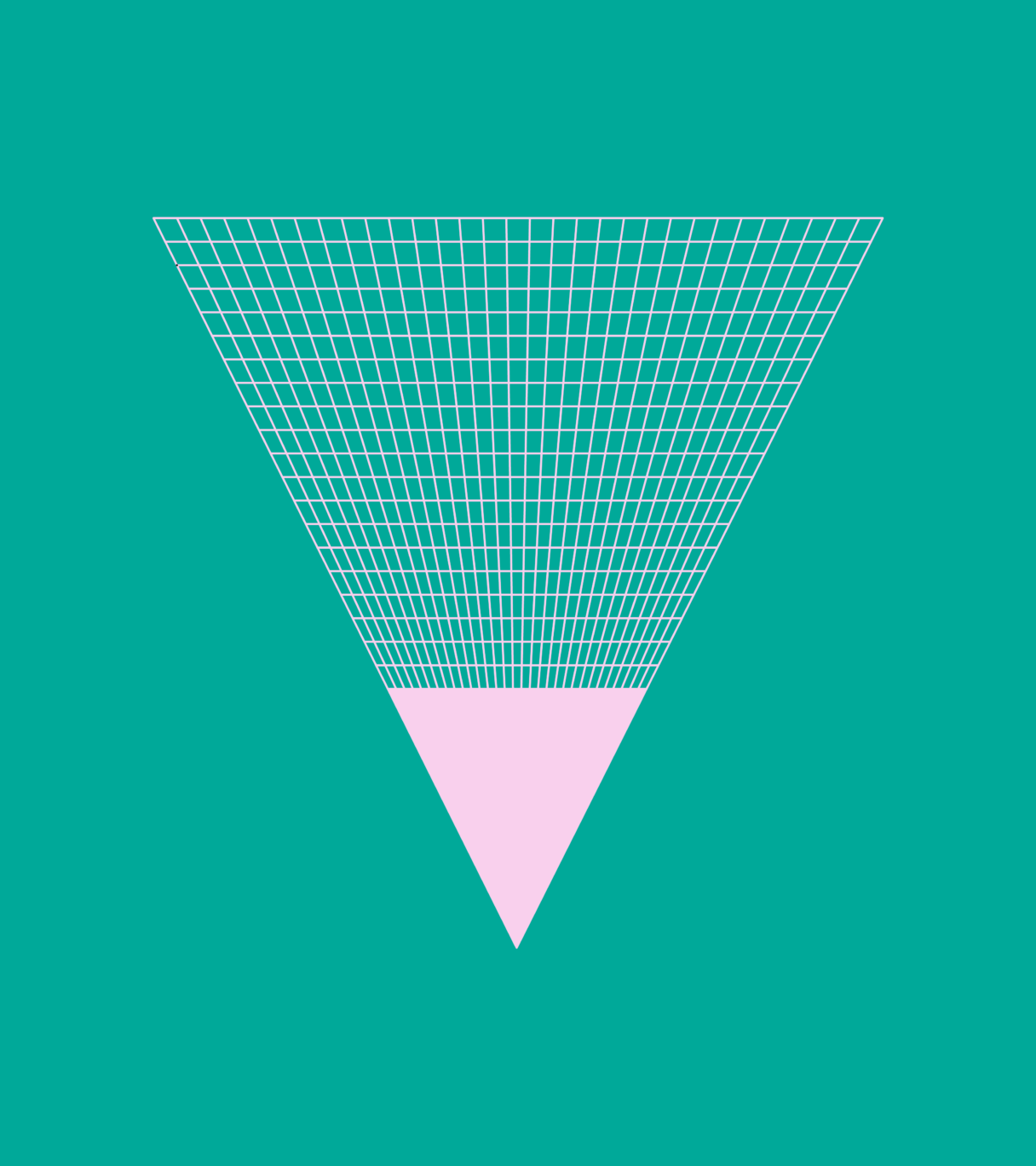
Bottom funnel
In the bottom funnel, users are getting ready to make a purchase – to take action. Now they not only know your brand, but also your products – and they have even become convinced that you offer the best on the market.
Now you have to strike. Your messages must be product-related. You no longer have to be afraid to use CTAs. And then you have to make sure that it is easy for your customers to make the purchase, sign up for the newsletter – or whatever the goal may be.
As mentioned, the bottom funnel is not the place to start. If you start here, you will not have built up credibility, trust or a relationship with the users – and your competitors may have. People are usually willing to pay extra for trust and safety.
It must be easy, accessible and feel right for users to make a purchase from you. Turn up the credibility. You can benefit from product demos, case studies, testimonials, and personalized e-mail campaigns.

An additional stage
Even if it’s not part of the usual marketing funnel, don’t forget to retain the new customers who just made the journey through your carefully planned marketing funnel.
It’s important that you don’t just let go of your customers after they’ve made a purchase, signed up for the newsletter or the like. Keep them in the loop so they buy from you again. Here you can, among other things, make use of e-mail marketing.
In some cases, there is also talk of a fifth stage: advocacy. In short, it’s about taking care of your customers so well that they will recommend you to others. Today, it is no secret that the way in which you as a company achieve the greatest credibility is through recommendations and reviews. Users listen to users.
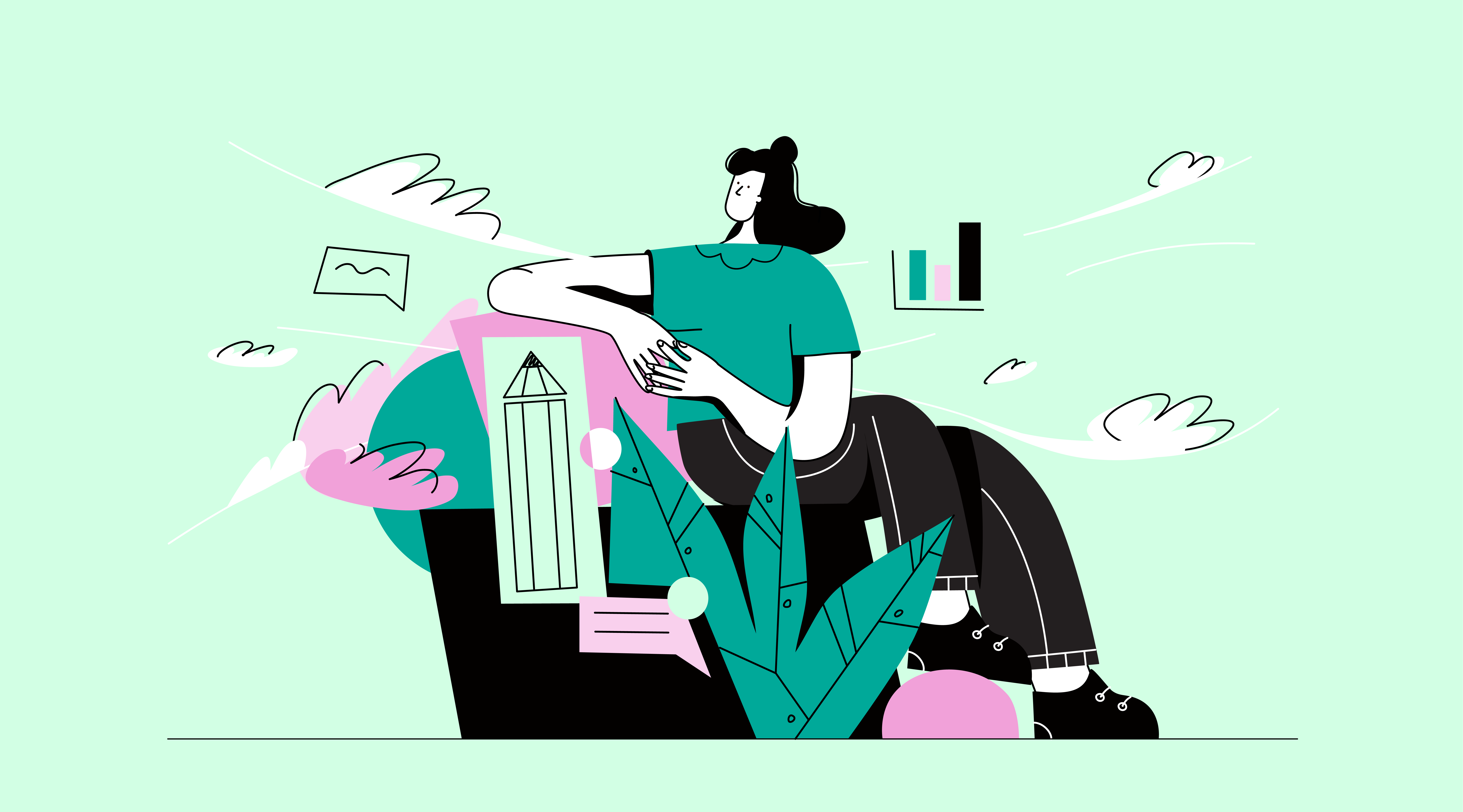
How to get started with the marketing funnel
First, you must learn to understand your target audience. It’s not possible to create a marketing funnel if you don’t know who you’re targeting. In addition, it can be an advantage to create personas – fictitious characters that represent a user type. If you are in doubt about how to get to know your target group, you can read along in a previous article where we give tips on how to get to know your customers. In addition, it is a good idea to examine how the target group interacts with your website – you can do this with a tool such as Google Analytics.
Next, you need to figure out what types of content and channels you want to use at each stage. And which naturally resonates with your target group.
Every customer journey is different and there isn’t a 1-to-1 guide on how to get it right. For example, there is a difference between the customer journey for B2B and B2C. B2B customers usually stay longer, especially in the upper stages of the funnel, whereas B2C customers slide relatively quickly to the last stage. It is therefore important that you adapt your funnel to your target group – and that you continuously test.
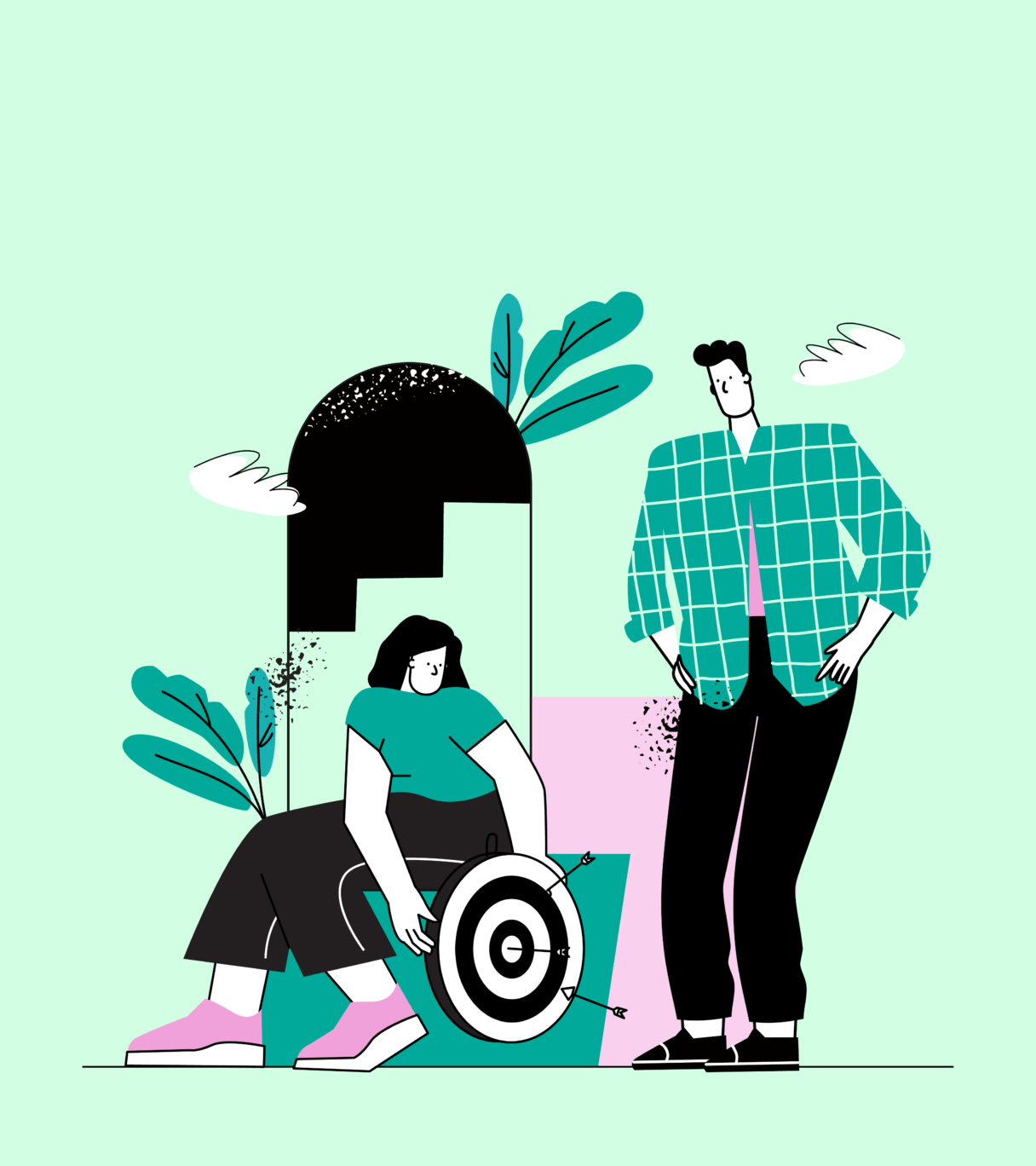
Ongoing tests
One of the biggest advantages of the marketing funnel is its measurability. It lets you see where on the journey you are losing your customers, and therefore also where you need to change your strategy. For example, if you lose the customer before they even reach the second stage, you need e.g. a better brand awareness campaign.
Finally, you must not be afraid to continuously change your strategy – especially if you have just started using the marketing funnel as part of your strategy. In the beginning, there will naturally be more to test than if you already have parts of the marketing funnel in place. Ongoing tests give you the opportunity to find the most effective.
Do you have doubts about how to get started working with the marketing funnel? At Generaxion, there is plenty of talented people who can help you target your content strategy to the right stages of your marketing funnel.